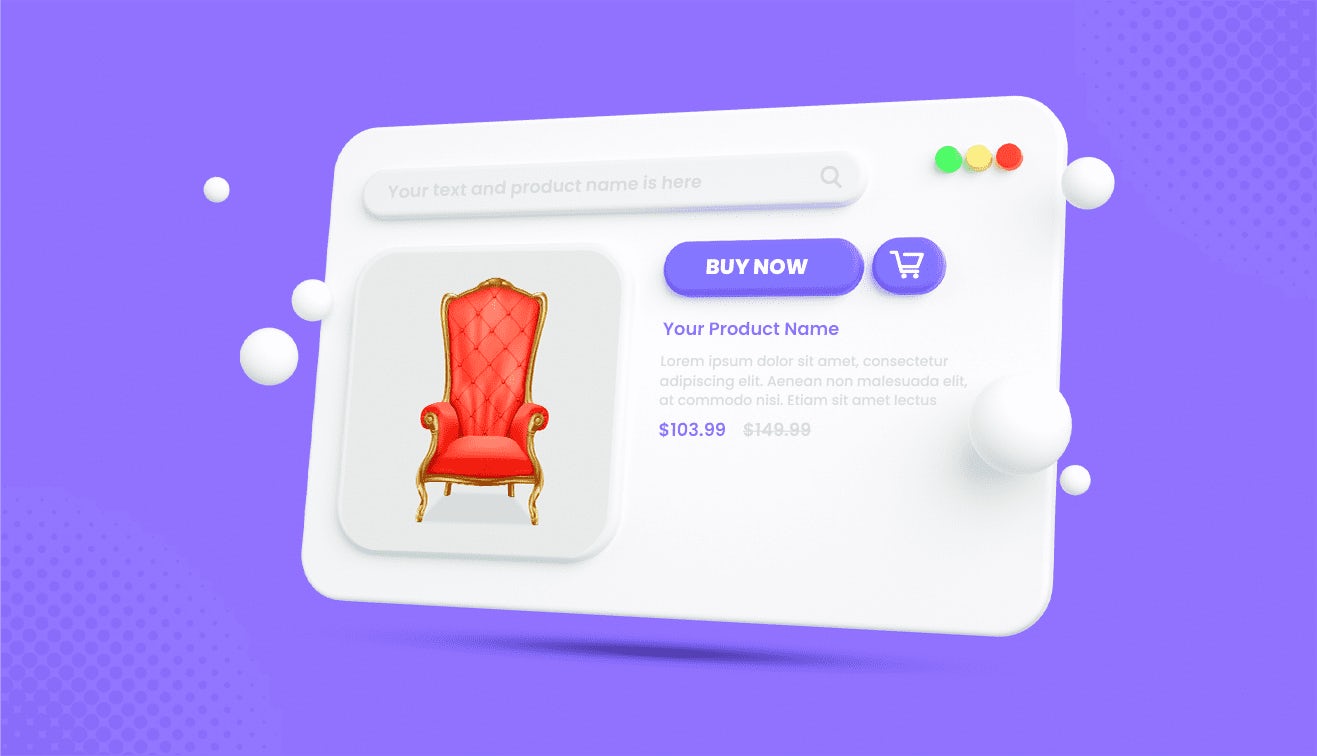Movement is life! And, in today's fast-paced digital marketplace, managing product information efficiently is more than a necessity—it's a competitive advantage. But here's the kicker: a staggering number of businesses still struggle to move on from spreadsheets and disparate systems, leading to inconsistent product data that frustrates customers and hampers sales.
Enter Product Information Management (PIM) systems.
Imagine having all your product information in one place, consistent across all channels, and easily accessible by every department. That's not a pipe dream; it's what a PIM system offers. By centralising product data, PIM systems not only streamline operations but also significantly enhance the online experience for your B2B customers.
Let’s dive in.
What is a Product Information Management System?
So, what is PIM, and why should B2B businesses pay attention to it? A Product Information Management (PIM) system is software that helps you manage information about products efficiently. The tool is your central hub for all your data, content, and other materials needed to market and sell your products. Most B2B businesses handle major accounts with clients that order in bulk, given the nature of your business model. Let’s say you’re an office furniture and equipment store. Chances are you’re dealing with large corporations who want excellence, perfection, and streamlined processes. PIM software has been central to improving these workflows. It’s no wonder why the industry has a projected 25.2% growth from 2020 to 2027.
What Does a PIM Software Do?
A PIM system enables you to offer comprehensive and consistent product information to your business clients by gathering and centralising data from multiple sources into one unified platform. This includes details like product descriptions, specifications, pricing, images, videos, and more. This way, you can organise, categorise, and enrich product data.
As a result, you gain accurate, consistent, and up-to-date information that will alleviate any order issues and problems with B2B clients. This is crucial if you want to maintain data quality and key relationships across various channels and platforms. You can also automate several processes to save time and reduce errors associated with manual data entry or managing data in disparate systems. PIM software is designed to scale with a business, handling increasing numbers of products and adaptations for different markets or languages. All in all, a PIM can boost your brand and improve your customer experience by turning your service delivery into a well-oiled machine.
How PIM Software Improves B2B Ecommerce?
Product Information Management (PIM) software can undoubtedly improve B2B (Business-to-Business) e-commerce by enhancing how you manage and present your product information.
However, there are several other ways in which PIM software contributes to the success of B2B e-commerce. Here’s a deeper look at some of the top ones:
1) Streamlined Operations for Complex Catalogues
In B2B scenarios, where product catalogues are often vast and specifications detailed, PIM serves as the backbone for data integrity. By centralising product information, PIM ensures that all stakeholders, from sales teams to distributors, access consistent and current data, streamlining communication and decision-making processes.
2) Precision in Product Specifications
Accuracy in product data is critical in B2B transactions, where purchases are based on detailed specifications. A minor discrepancy can result in significant financial repercussions. PIM systems maintain high-quality, consistent data across all channels, mitigating risks of costly errors and bolstering trust among business clients.
3) Seamless Integration Across Business Systems
B2B e-commerce thrives on seamlessly integrating product information with ERP, CRM, and online platforms. PIM facilitates this by ensuring real-time updates and uniform data distribution, enhancing operational efficiency, and ensuring a cohesive ecosystem.
4) Optimised Data Presentation for Informed Decision-Making
B2B buyers require comprehensive product information to make informed purchasing decisions. PIM enhances customer experience by presenting data in an accessible, user-friendly manner, thus supporting higher conversion rates and fostering long-term business relationships.
5) Localised Content for Global Reach
For B2B businesses operating across borders, PIM software addresses the challenge of language and regulatory compliance by localising product information for specific markets. This capability ensures that businesses can effectively communicate with clients in diverse regions, adhering to local standards and preferences.
6) Adaptable Infrastructure for Product Expansion
In the B2B sector, the ability to quickly launch new products or update existing ones can set a company apart. PIM systems expedite these processes, enabling businesses to capitalise on market opportunities swiftly and maintain a competitive edge.
7) Agility in Market Response
In the B2B sector, the ability to quickly launch new products or update existing ones can set a company apart. PIM systems expedite these processes, enabling businesses to capitalise on market opportunities swiftly and maintain a competitive edge.
8) Collaborative Product Information Management
B2B product information often requires input and approval from various departments. PIM software facilitates this collaboration through workflow management tools, ensuring that data is accurate, approved, and consistent across all touchpoints.


































































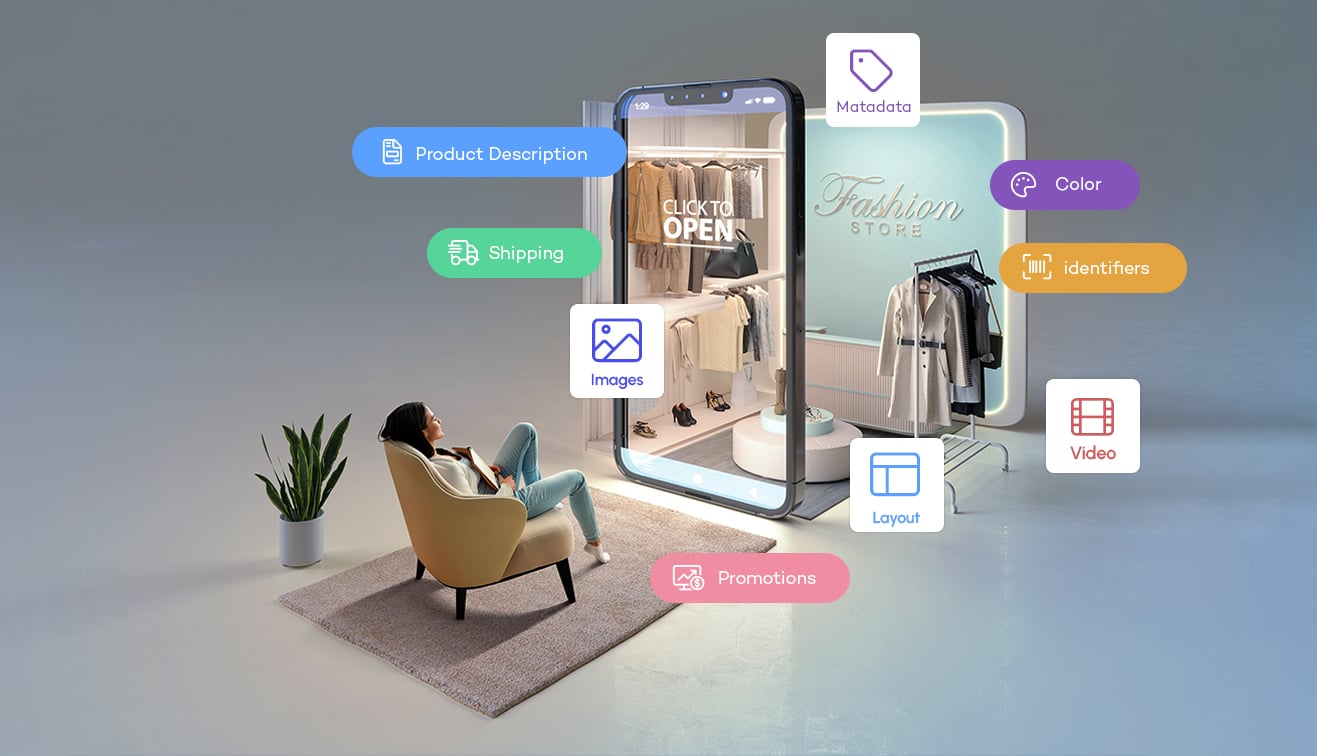



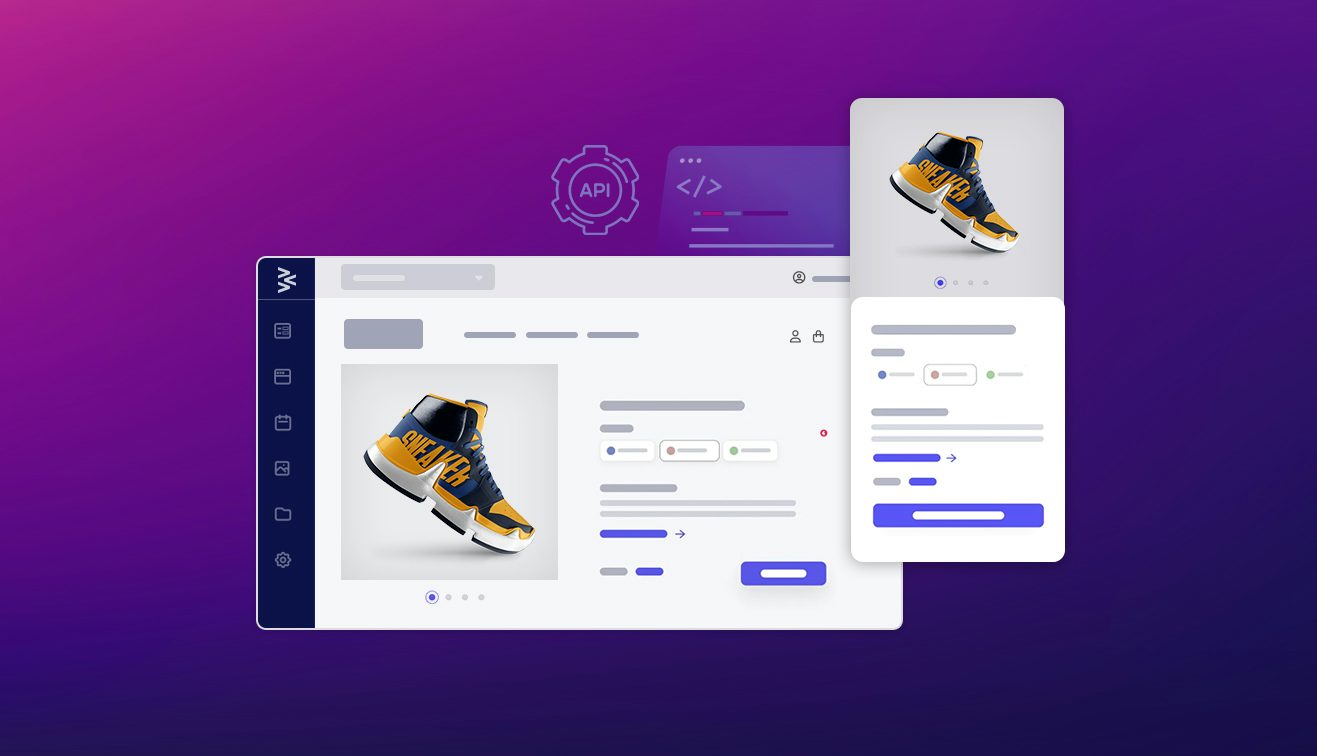



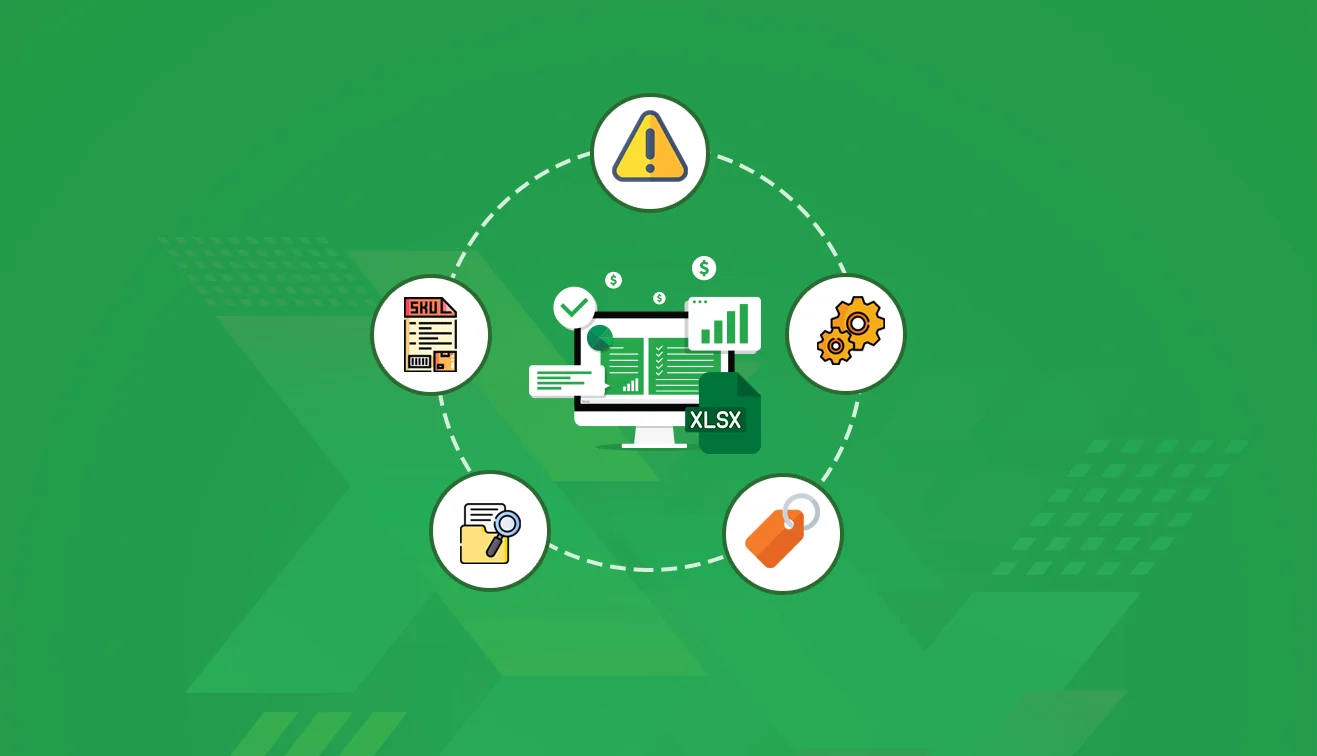

.jpg?w=3840&q=75)


.png?w=3840&q=75)




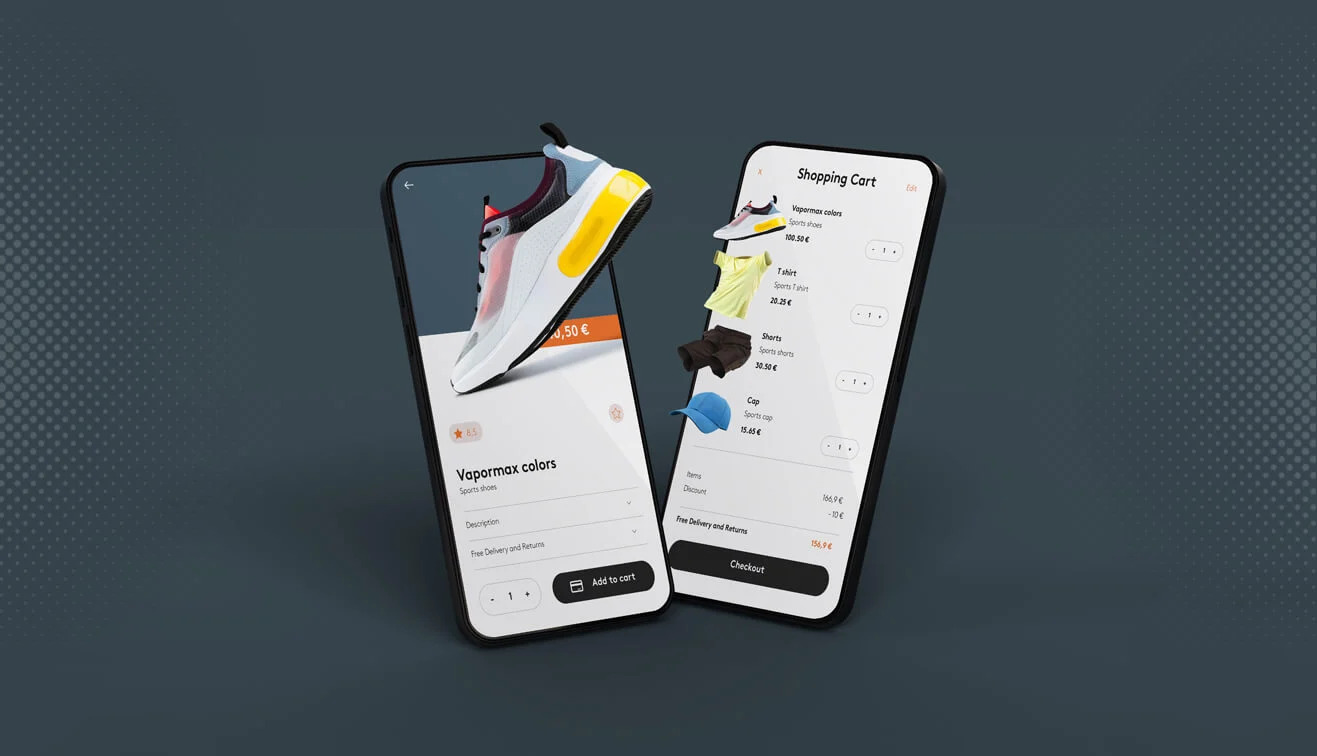



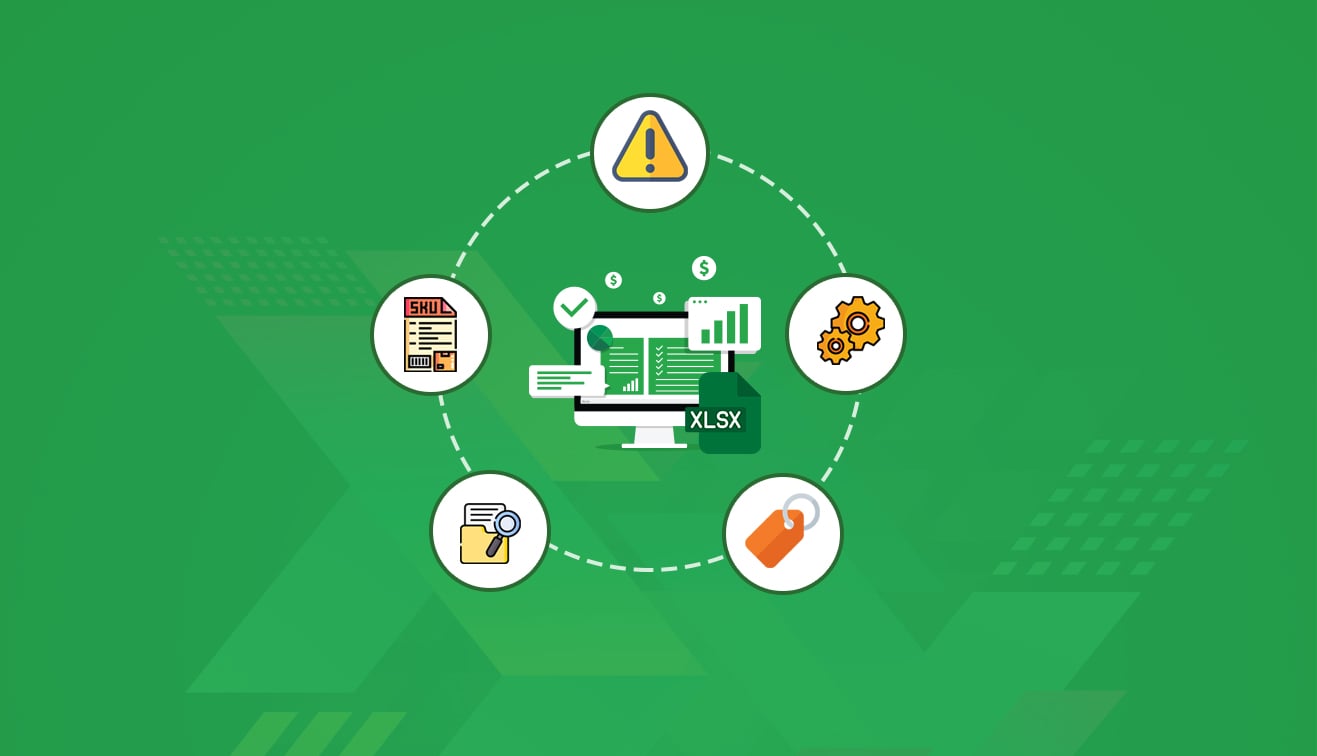
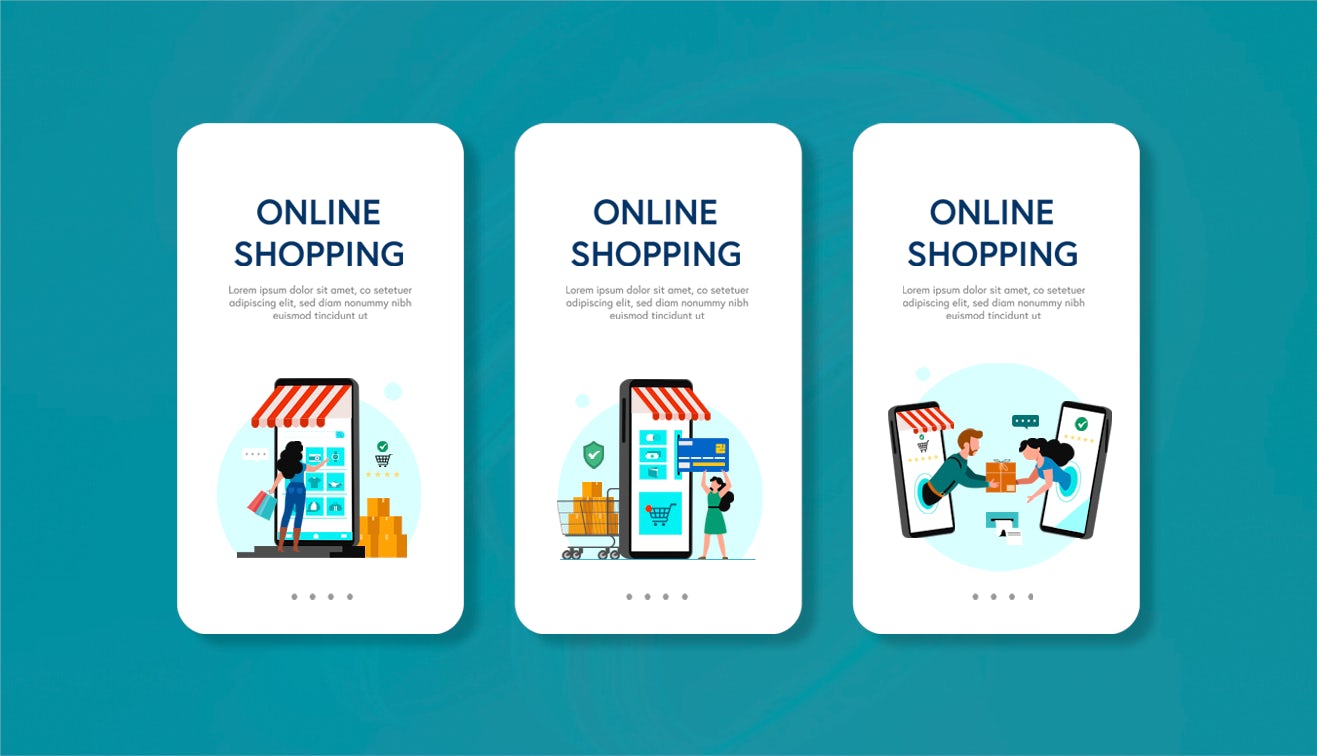

.jpg?w=3840&q=75)
